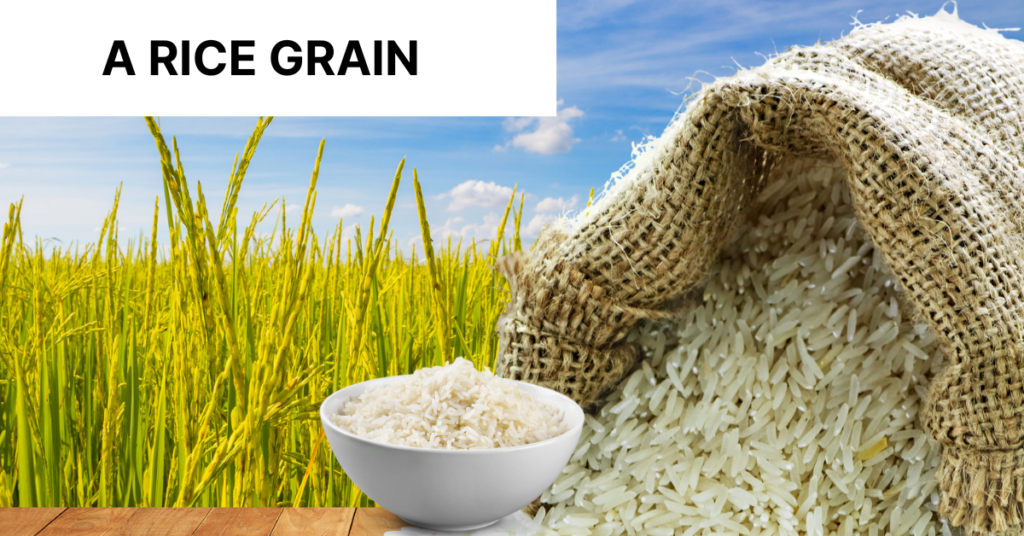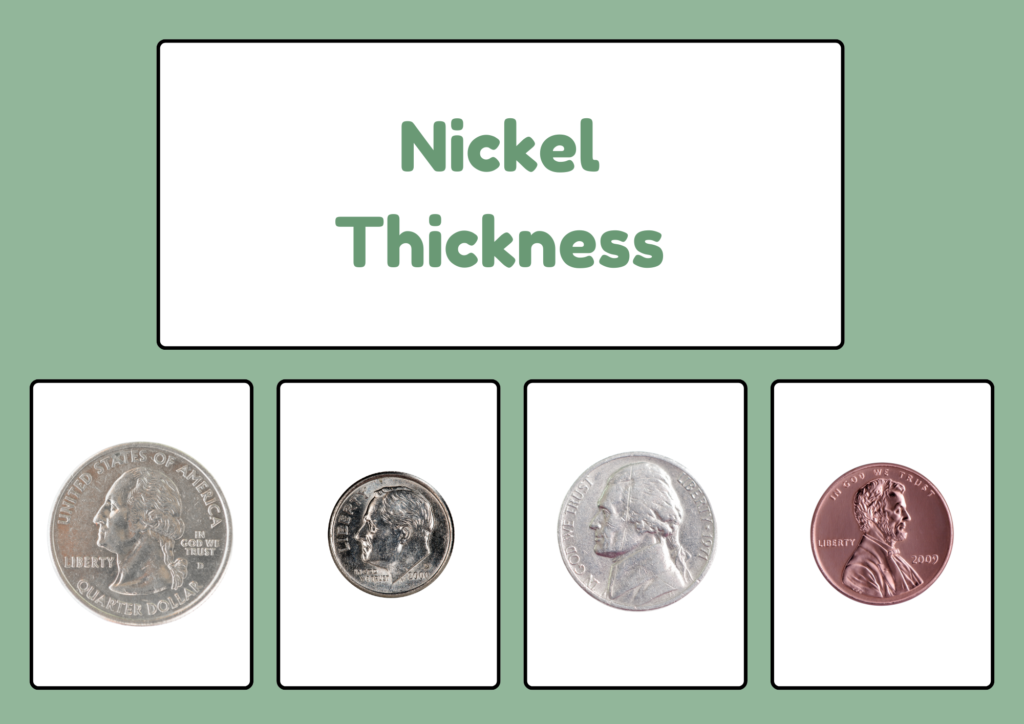Have you ever wondered what 2mm looks like? Let’s break it down!
A millimeter (mm) is a small unit of measurement used for precise sizing. For reference, 2mm is about the thickness of a nickel.
Many thin objects, such as wire or jewelry components, such as rings and necklaces, are also around 2mm thick.
When converting units, 2mm is approximately equal to 0.08 inches. It might sound tiny, but it’s the right size for delicate jewelry pieces. For comparison, a credit card is around 1 mm thick. If you stack two of them, you’ll get about 2mm thick.
Millimeters are part of the metric system. There are 1000mm in a meter, and 10mm is common for thicker objects, like electronics or cables. Visualizing common items is the easiest way to estimate an object’s size.
Whether you’re measuring in millimeters, centimeters, or inches, understanding dimensions like width, thickness, and length is critical. These terms help you accurately measure object size in the metric system.
How Thick is 2 mm?
Two millimeters might seem tiny, but it’s ordinary in everyday life. For example, it’s about the thickness of a small bead or a tiny screw. These comparisons reveal how narrow this measurement is.
Everyday items like rice grain or a thin guitar pick are also close to this thickness. These examples show the scale and expected uses of this small measurement.
This measurement is like the width of a pencil lead or a mini tablet. These examples show how this measurement appears in daily life and highlight its various uses.
Common Things That Are 2 Millimeters Long/Thick:
Here are common items that measure 2 millimeters long or thick. These include small beads used in jewelry and tiny screws in electronics. The width of a single grain of rice is also this size. Thin copper wires and the thickness of a standard house key also fall into this range.
This measurement is surprisingly common in everyday objects. Mini tablets and some devices are about this thickness. These examples show how small this measurement is and its practical uses.
A Bead:
A small bead is usually about the width of a small screw. This size is standard in many jewelry pieces and craft items.
Its tiny dimensions are perfect for detailed designs. Even though it’s small, it adds essential detail and charm to accessories.

Tiny Screws:
Tiny screws are about the width of a small bead. They are used in electronics, small appliances, and precision tools.
Their small size lets them fit into tight spaces, holding parts securely. They are essential in many industries for stability and functionality.

A Rice Grain:
A rice grain is about the width of a thin paperclip. This size is typical for many types of rice. It fits nicely into various recipes and helps in cooking.
The thinness of rice grains is clear compared to other food items. Their small size is ideal for adding texture without overpowering other ingredients.
Despite its tiny size, rice grains are important in many meals worldwide. Their modest dimensions make it a staple in countless cuisines.

Copper Wire:
Copper wire, the width of a thin pencil, is widely used in electrical wiring. This size allows it to carry electrical currents effectively while remaining flexible.
This wire is found in household appliances and electronic devices. Its thinness makes it fit into compact spaces and handles easily. Its presence in many devices highlights its role in everyday technology. The wire’s small diameter is key to its functionality in various applications.

House Key Thickness:
The house’s critical thickness is around 2 millimeters. This is a typical measurement for most residential keys.
The key’s thin design allows it to fit easily into keyholes and ensures smooth operation when unlocking doors. Despite its small size, the key is strong and durable, striking a balance between strength and convenience.

Nickel Thickness:
A nickel coin is about 2 millimeters thick. This thickness is standard for all nickels.
The coin’s thickness makes it durable and long-lasting. It helps the nickel endure regular use and handling.

An Ant:
An ant’s body width is approximately the width of a small bead. This size is standard among many ant species.
Their small size is vital for their role in ecosystems. It allows ants to perform essential tasks like soil aeration and decomposition. Observing their activities reveals much about their behavior and environmental impact.

Thin Guitar Pick:
A thin guitar pick is about the width of a standard house key. This thickness is typical for picks used in different music styles.
The slim design offers flexibility. It allows for a lighter touch and subtle sound variations. Many musicians favor this pick for its ability to create nuanced tones.

Standard Pencil Lead:
Standard pencil lead is about 2 millimeters wide. This size is standard for mechanical and regular pencils.
Thickness ensures a balance between durability and precision. It’s ideal for writing and drawing, offering fine lines for detailed work.

A Mini tablet:
A mini tablet is typically about the width of a U.S. nickel. This thin design keeps the device lightweight and easy to carry.
Its slim profile allows it to fit into small bags or pockets. Despite being so thin, the mini tablet includes essential features for everyday use.
Conclusion:
Understanding the scale of 2 millimeters helps us see how this tiny measurement is part of our everyday lives. From the tiny beads in jewelry to the sleek profile of a mini tablet, these examples show the usefulness and adaptability of this size. These examples help you understand how this small dimension fits into different contexts.
Although this size is often overlooked, it plays a vital role in many products and designs. This small dimension impacts functionality and ease of use in electronics, kitchen tools, and accessories. Noting this dimension’s use highlights its practical value.
Read more: 10 Everyday Items That Are 3 Feet Long: A Measurement Guide
Frequently Asked Questions:
What objects are commonly 2 millimeters in size?
Common items around 2 millimeters include:
Small beads are used in jewelry.
Tiny screws in electronics.
The width of a rice grain.
Other examples are thin copper wires, house keys, and a U.S. nic
How does 2 millimeters compare to everyday items?
Two millimeters are like the thickness of a pencil lead and a mini tablet. It’s also about the width of a rice grain or a tiny screw.
Why is 2 millimeters important in daily life?
This site is crucial for many products and designs, impacting functionality and convenience. It appears in electronics, kitchen tools, and accessories, affecting how these items work and fit into daily use.
